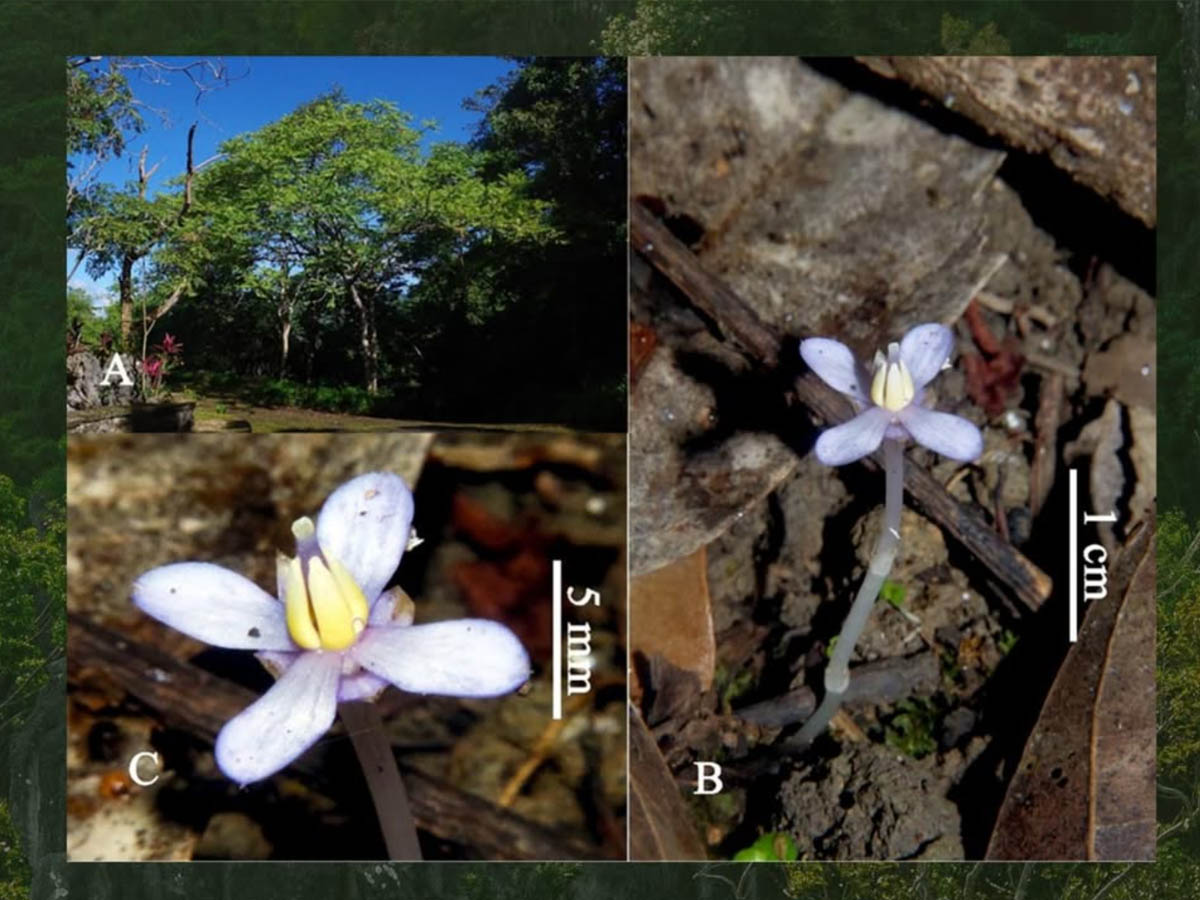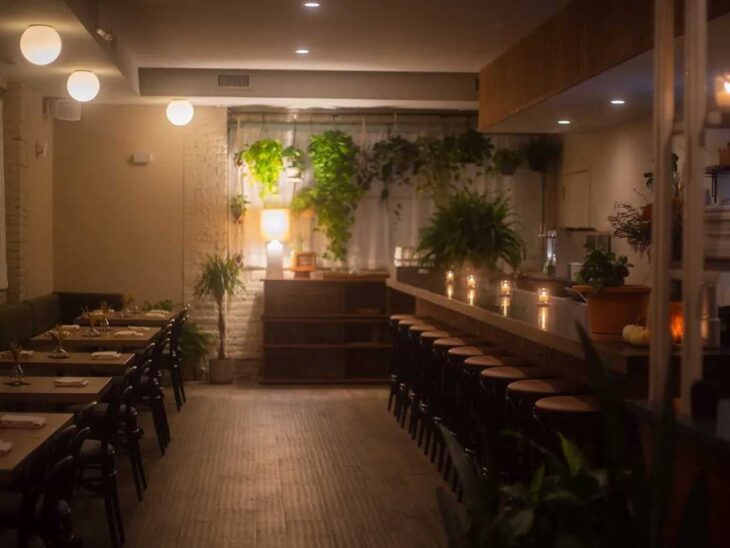This plant lacks chlorophyll needed for photosynthesis, so it relies on its symbiotic relationship with fungi for nourishment—a rare and clever survival strategy.
The Philippines is far from poor when it comes to natural riches. In fact, it’s one of the most biologically diverse countries on Earth, home to lush rainforests, vibrant coral reefs, and thousands of unique species found nowhere else. This natural wealth has long drawn the attention of scientists who study how life adapts, evolves, and survives through time.
Recently, that fascination deepened when a rare plant species—unseen for over a century—was rediscovered within the Masungi Georeserve, a protected limestone landscape nestled between the towns of Baras and Tanay in Rizal.
After 130 years since its first recorded sighting by Swiss botanist August Loher in 1895, researchers have once again found the elusive Exacum loheri (H. Hara) Klack, a species that now appears to exist in the wild within Masungi.
Fun Facts About the Rare Plant Species Rediscovered in Masungi Georeserve
The rediscovery happened almost by accident. While scientists were studying snails in Masungi’s “600 Steps” area, they came across something unexpected—a small, pale plant unlike anything else nearby. Their findings were later confirmed and published in the Philippine Journal of Science, in a research note by experts from the University of the Philippines Diliman and the Philippine Normal University.
The plant, Exacum loheri, belongs to a rare group known as achlorophyllous species—plants that lack chlorophyll, the green pigment that enables photosynthesis. Because it can’t make its own food from sunlight, it relies on a symbiotic relationship with fungi to survive. The fungi help the plant absorb nutrients from the soil, while the plant provides a stable habitat for its fungal partners. Yes, that’s how fascinating and uncommon the adaptation of this plant is!
Its rediscovery proves why conservation areas like Masungi are more than anything else necessary. These protected landscapes serve as critical refuges for rare and endemic species, especially in regions like the Sierra Madre Mountain range, which continues to face threats from quarrying, large-scale infrastructure projects, and other destructive activities.
According to the study, the plant was found growing on humus-rich limestone soils near a freshwater channel in a secondary karst forest. This kind of environment, which is moist, shaded, and rich in decaying organic matter, is perfect for species that depend on fungal partners. Because of its limited distribution and specialized needs, scientists believe Exacum loheri is extremely rare and likely threatened in the wild today.
Here’s Why You Should Consider Visiting Masungi Georeserve this Weekend!
Beyond the science, Masungi is a destination that captures the imagination. Known for its majestic limestone formations, forest trails, and commitment to restoration, it’s both a refuge for wildlife and a sanctuary for people seeking peace in nature. Over the past decade, Masungi has restored more than 2,700 hectares of degraded watershed areas, showing how humans and the environment can thrive together when care and conservation are at the heart of the mission.
Apart from Exacum loheri, the reserve is also home to over 400 species of flora and fauna, including monkeys, lizards, snakes, colorful birds, and even the ancient Jurassic Plant, a living fossil that grows only in parts of Luzon. For nature enthusiasts, it’s a paradise of biodiversity—an outdoor classroom where every leaf, rock, and ripple tells a story about resilience and renewal.
And if you’re looking for a unique experience this spooky season, Masungi has something extraordinary lined up. From October 30 to November 2, guests can join Masungi After Hours: A Halloween Special. The event lets visitors explore the reserve at night, under the stars, guided only by the sounds of nature and a sense of wonder. You’ll walk through glowing trails, hear stories where Philippine mythology meets environmental science, and literally see the forest come alive after dark.
There are multiple time slots available each night—5:00 p.m., 6:30 p.m., 8:00 p.m., 9:30 p.m., and 11:00 p.m.—and for groups of three or more, the conservation fee drops from ₱2,000 to ₱1,800 per guest.
Whether you’re into natural sciences, craving a peaceful weekend outdoors, or simply looking to make new core memories with friends, Masungi Georeserve is definitely the place to be. It’s a reminder that wonder still exists close to home, and that by protecting our wild spaces, we protect the stories and species that make the Philippines truly extraordinary.
Cover image credit: Masungi Georeserve






















